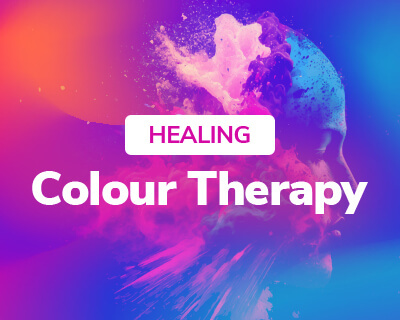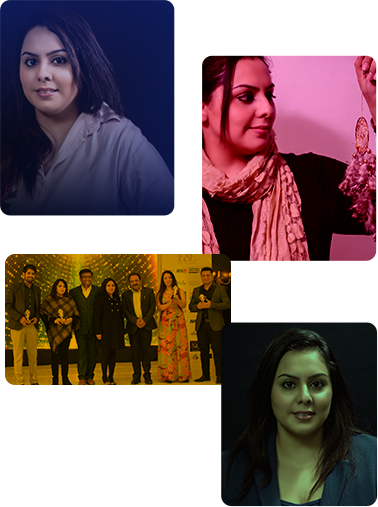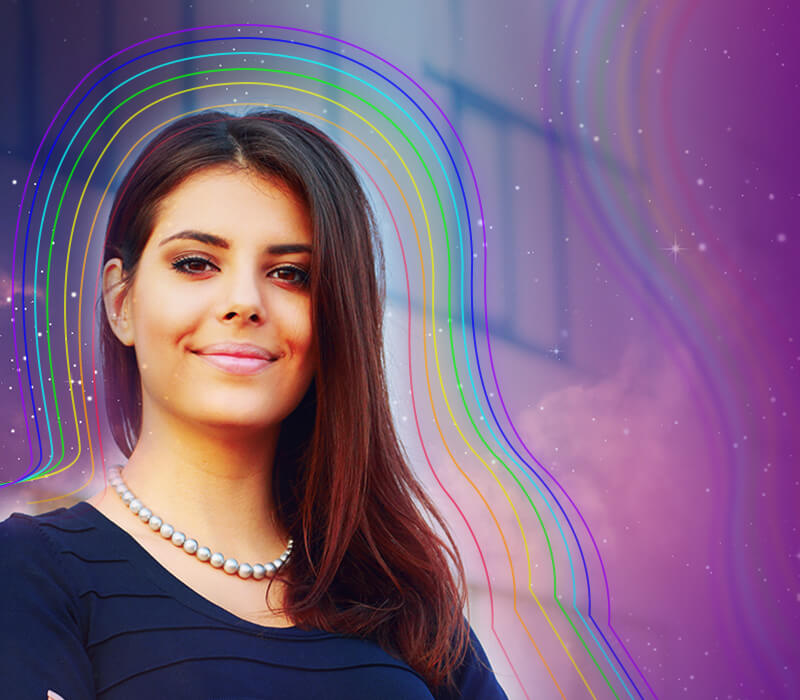The colour of your walls, the colour of your clothes, and even the colour of your food can affect how you feel. Can you feel it? The colours around you are changing. The hue of your desk, the walls of your office, and even the clothing of your coworkers—all of these things can affect your mood and energy levels.
But why is that? How do colours affect us so strongly?
Colour can stimulate our energy or dull our senses. Bright colours tend to be uplifting, while muted colours are usually more relaxing. One colour can even seem repulsive to us, while another may be enormously appealing.
Colours influence us differently because they have different wavelengths and frequencies, affecting other brain parts. Colour therapists believe that every colour of the visible light spectrum carries specific healing properties and can affect an individual’s mind and body in different ways.
The colour blue has a cooling effect, so it’s great for bedrooms or offices during the summer months when we want to cool off from the heat outside. On the other hand, red has a warming effect and can make you feel more alert, so it’s a good choice for kitchens or dining rooms in cold weather months when you don’t want to get too chilly while cooking dinner or eating at home with family members.
In addition, there are cultural differences in how we perceive colour. For example, in Western society, red symbolises passion or anger; in Eastern culture, green represents fertility or growth. Colour therapy is the practice of using colours to affect our moods and energy levels. In order to understand how colours affect us, it’s essential to know how colour works.
Colour therapy is a great way to bring positive energy into your personal life. This holistic approach uses different colours to improve physical, emotional, and mental well-being. Whether you’re feeling stressed, anxious, or need a boost of positivity, colour therapy can help.
Let’s look into some ways in how colour can help:
- It stimulates positive emotions and uplifts mood.
- It aids in balancing and harmonising energy centres in the body.
- Help alleviate symptoms of anxiety and depression.
- It supports better sleep and improved overall well-being.
- It encourages self-expression and creativity.
- It promotes mindfulness and a deeper connection to oneself.
- It supports relaxation and the release of tension.
- Assist in overcoming phobias and fears.
Colour therapy is not just a new-age trend. It can actually help you professionally in life. By using colour therapy, you can tap into the power of colours to improve your mood, increase productivity, and boost creativity. Here are some ways how it can help you professionally:
- It supports decision-making and problem-solving abilities.
- Assist in finding inspiration and new perspectives in professional endeavours.
- It nurtures a sense of balance and well-being during busy work schedules.
- It enhances focus and attention to detail, leading to higher-quality work.
- It supports adaptability and resilience in fast-paced work environments.
- It encourages self-reflection and personal growth in professional development.
- It promotes a sense of motivation and enthusiasm for professional goals.
- It improves leadership skills and the ability to inspire and motivate others.
Colour therapy is practised in many forms, including using coloured lights, chromotherapy fragrances, or even coloured cloth placed over specific body parts. Colour therapy is a non-invasive, holistic approach that can effectively reduce stress, promote relaxation, and heal mentally, emotionally, and physically. Contacting a certified colour therapist before attempting any colour therapy is essential.
History
Colour has been explored, looked into and used for more than 2000 years throughout history. Colour therapy, which uses colour to cultivate energy in the body, dates back to the ancient civilisations of Egypt, India, and China. Even though Western medicine does not formally recognise colour therapy, medical professionals in the West are exploring and using light and colour therapies to treat issues like seasonal affective disorder, depression, sleep disorders, and much more. With complementary therapies on the rise, the use of colour and light therapies as adjunctive forms of treatment is becoming more common.




























